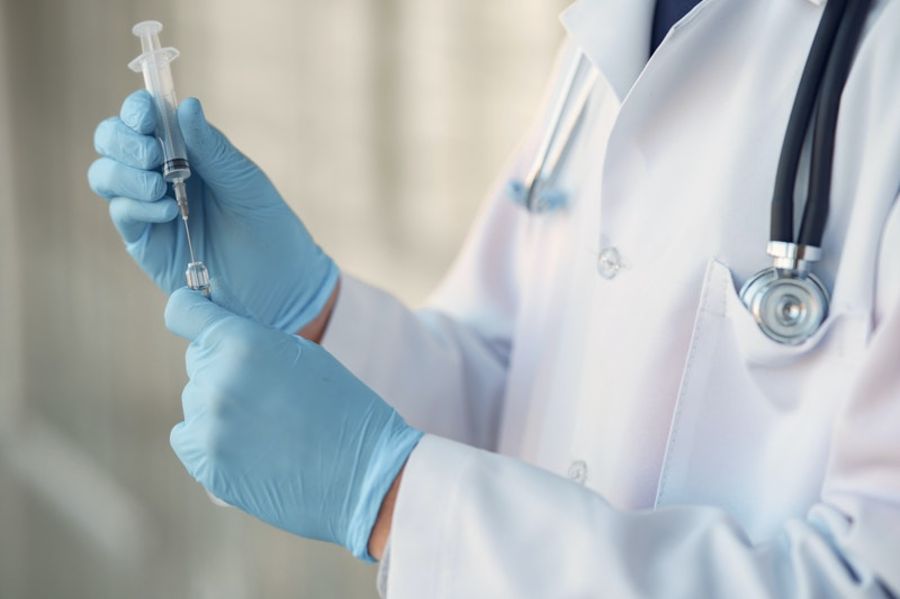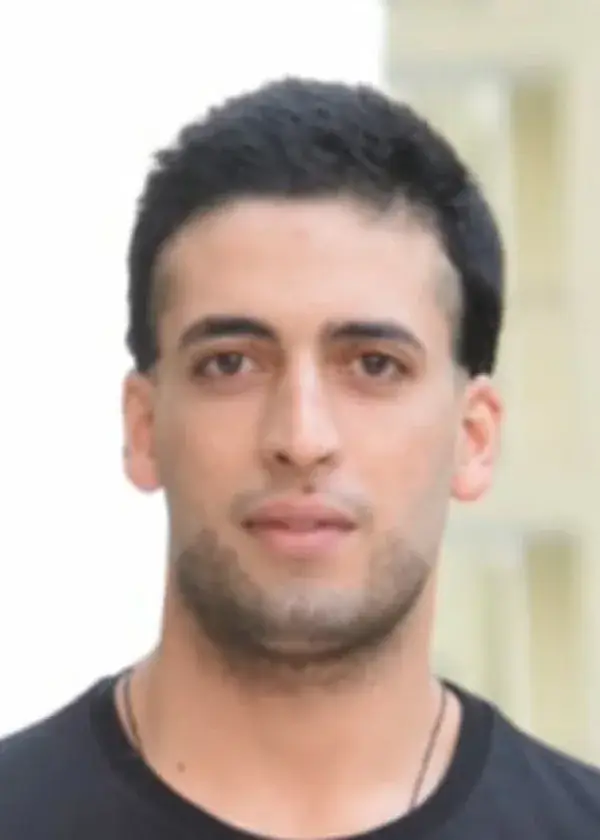
The team thinks that there is no doubt that this new pathway can be used for other brain functions beyond consciousness to solve the mysteries of the brain.
Surgery without general anesthesia would be inconceivable, so it may be surprising that despite a 175-year history of medical use, scientists and doctors were unable to describe how anesthetics temporarily reduce the unconscious of the patient. The research published in the PANS journal has solved this age-old medical mystery of anesthesia. The researchers show how lipid flakes in cell membranes work in a two-part mechanism between the missing GOs using clever experiments in fruit flies and living cells, and modern nanoscale microscopic methods. Due to provisional exposure to anesthesia, lipid clusters deform from a graded state, and then again lead to a multitude of later effects that eventually lead to changes in consciousness.
It was a two-stage process, a two-stage process that starts in the membrane, it has taken almost 5 years of research, debates, calls, and challenges to achieve this. The team thinks that there is no doubt that this new pathway can be used for other functions of the brain beyond consciousness, allowing to solve mysteries of the brain. Many other scientists had sought the same answers, however, they lacked many key elements. First, microscopes picture biological complexes that are less significant than the diffraction limits of light, and second, modern insights about the cell membranes nature, and the complex function and organization of the rich diversity of lipid complexes that encapsulate them.
A post-doctoral researcher at Hansen bathes cells in chloroform and sports billiards, using a Nobel Prize-winning microscopic technique named direct stochastic optical reconstruction microscopy (DSTORM). Revealing cells to chloroform intensely increased the area and diameter of ​​cell membrane lipid groups named GM1. Anesthesia is a state of controlled, temporary loss of awareness or sensation that is induced for medical purposes. It may include some or all of amnesia (loss of memory), paralysis (muscle relaxation), analgesia (relief from or prevention of pain), and unconsciousness.






